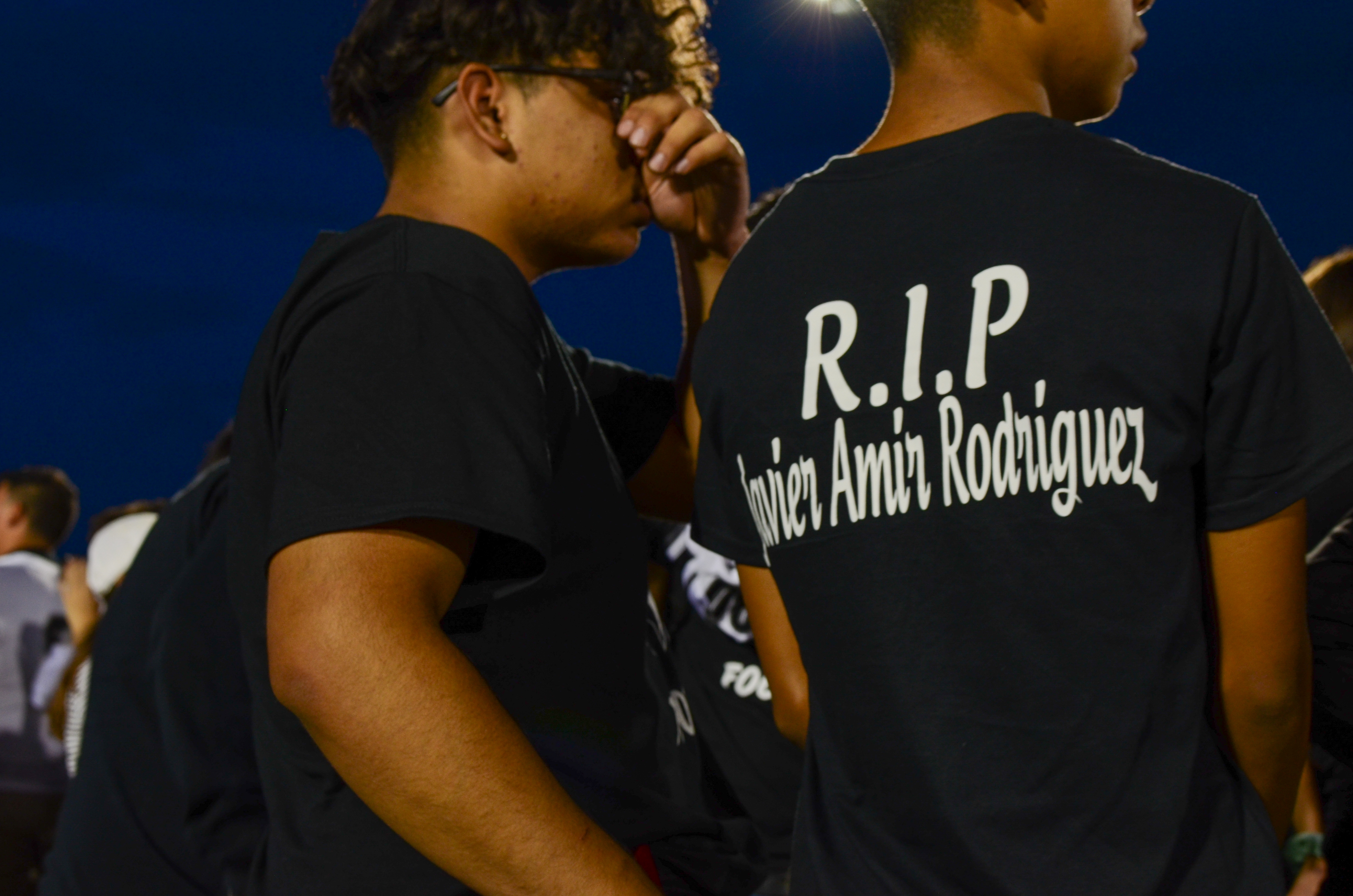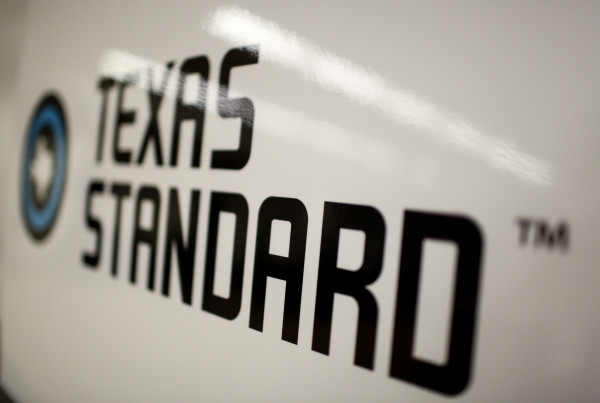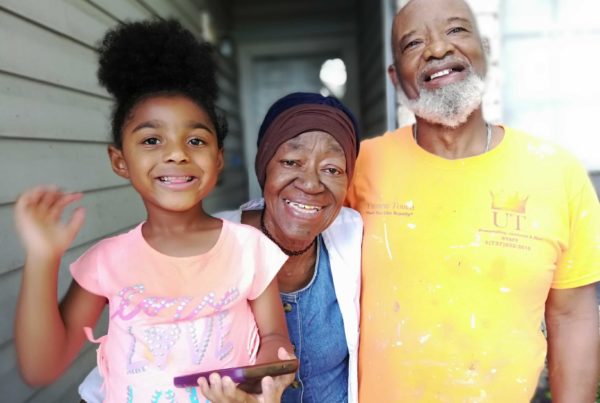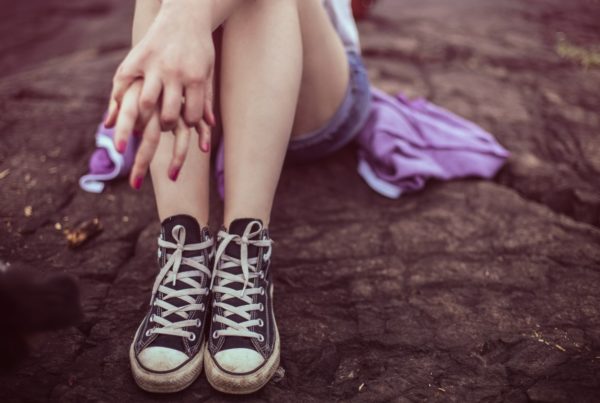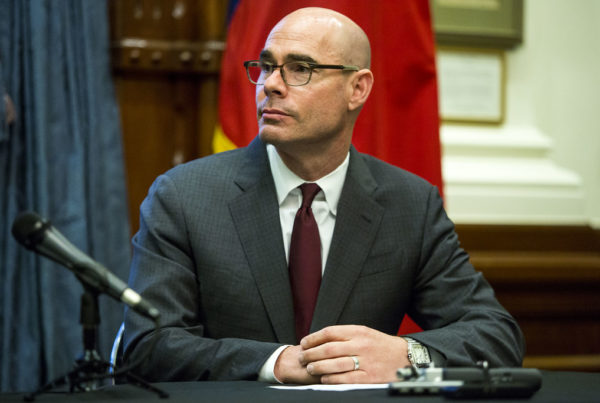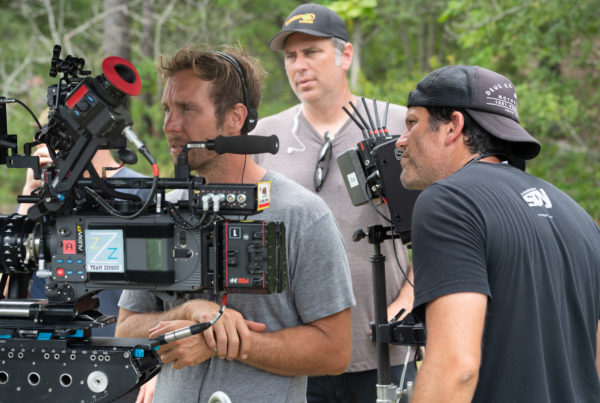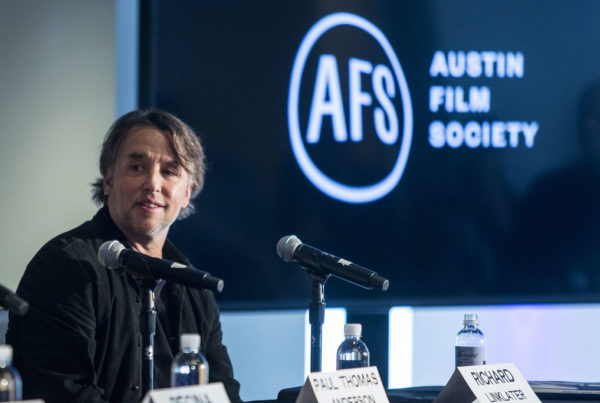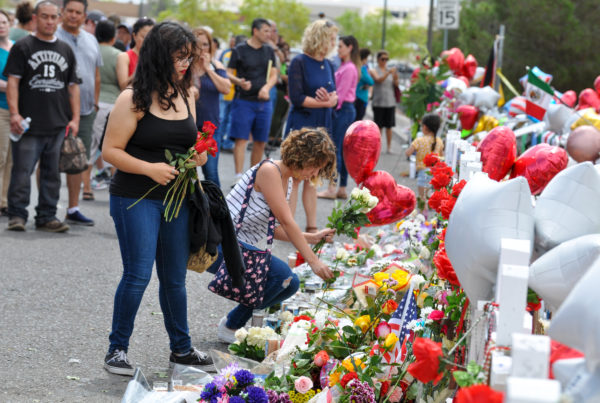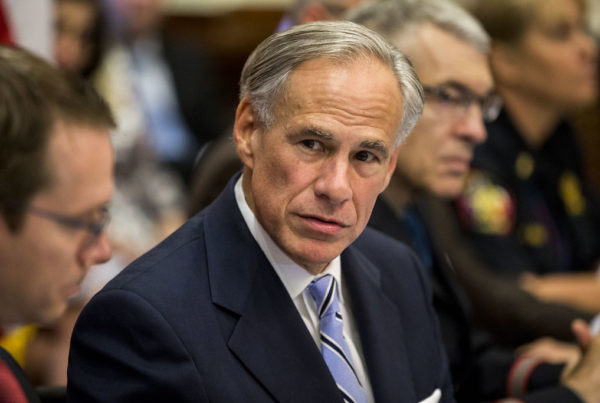This week began with mourning and grief, after a mass shooting in El Paso. But as much as this incident has shone a light on El Paso – its people and its resilience – it is also something we all experienced across Texas in one way or another. But how is this story being felt across Texas at large?
Texas Standard Host David Brown spoke with journalists from around the state about the tragedy, and its impact.
The alleged El Paso shooter is from North Texas, and is believed to have driven from his home to El Paso to commit the crime. Mike Wilson is editor of the Dallas Morning News. He says there was “a lot of sadness and disbelief that someone from our area could have conceived of such a terrible thing,” Wilson says.
But Wilson says many in the Dallas area are not focusing on the shooter.
“We have very little sense in the community of the background or personality of this individual,” Wilson says.
Reynaldo Leaños Jr. is a reporter for Texas Public Radio, based in the Rio Grande Valley. He says people feel that what happened in El Paso could have happened in the Valley, too. The shooting is believed to have been motivated by racist feelings toward Latino people.
“It’s a border community, it has strong ties with Mexico, predominantly a Latino area,” Leaños says.
And people in the Valley are scared, especially as they come to grips with the idea that the El Paso shooting was not random.
“There’s a heightened sense of feeling even more targeted now,” Leaños says.
Bob Moore is former editor of the El Paso Times, and has been covering the shooting story for The Washington Post. He says that as someone who has covered many tragedies of this kind, “you never understand the pain of things unless you’ve lived through this yourself.”
Moore says an El Paso priest told him that people in the city are angry – they are “pissed.” He says the media and President Donald Trump don’t grasp the level of anger in the community.
“In mass shootings before, it was someone in the school or within the community who did it,” Moore says. “Here, you have somebody who drove ten or 11 hours and came to our community with the sole intent of killing LatinX immigrants, Mexicans – so targeting people because of their heritage.”
Wilson agrees that what makes the El Paso shooting different from others is the targeting of a particular community.
“My community is more than 40% Hispanic,” he says. “People here feel afraid, and shocked that something like this would happen.”
He says a second wound has been created by the lack of acknowledgment that the shooter expressed hatred for the Hispanic community.
Moore blames institutions in the U.S., that he says created the conditions that allowed the El Paso shooting to happen. Trump’s anti-immigrant rhetoric is well-known, but he says state leaders bear some responsibility.
“The state leadership in Texas has used identical language, casting immigration in the language of ward,” Moore says. “That has set the stage to create this vitriol that put a target on this community… That’s something that has to be addressed.”
Leaños says people in the Rio Grande Valley who attended vigils for El Paso’s shooting victims have been fighting for changes in immigration policy, and against the rhetoric of political leaders they disagree with. They used the vigil to grieve, but also to register new voters.
“They want to mobilize people to really make a change after this,” Leaños says.
Written by Shelly Brisbin.


